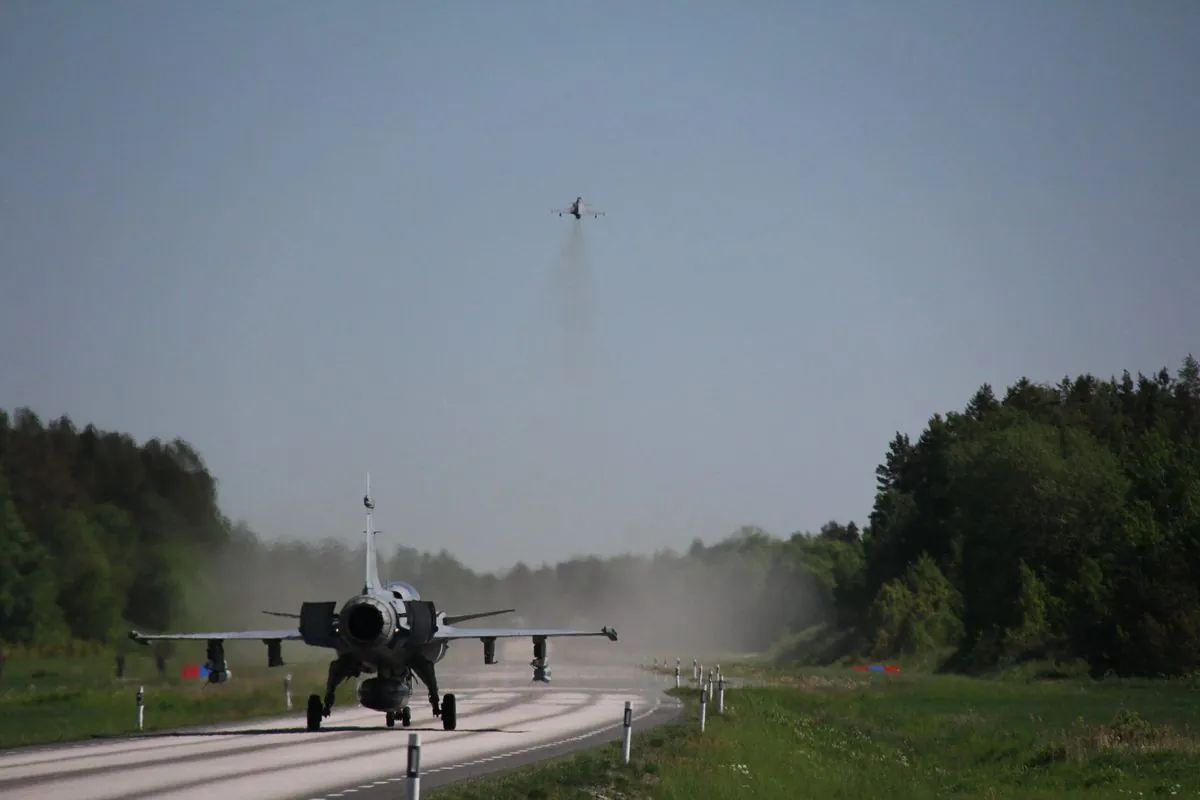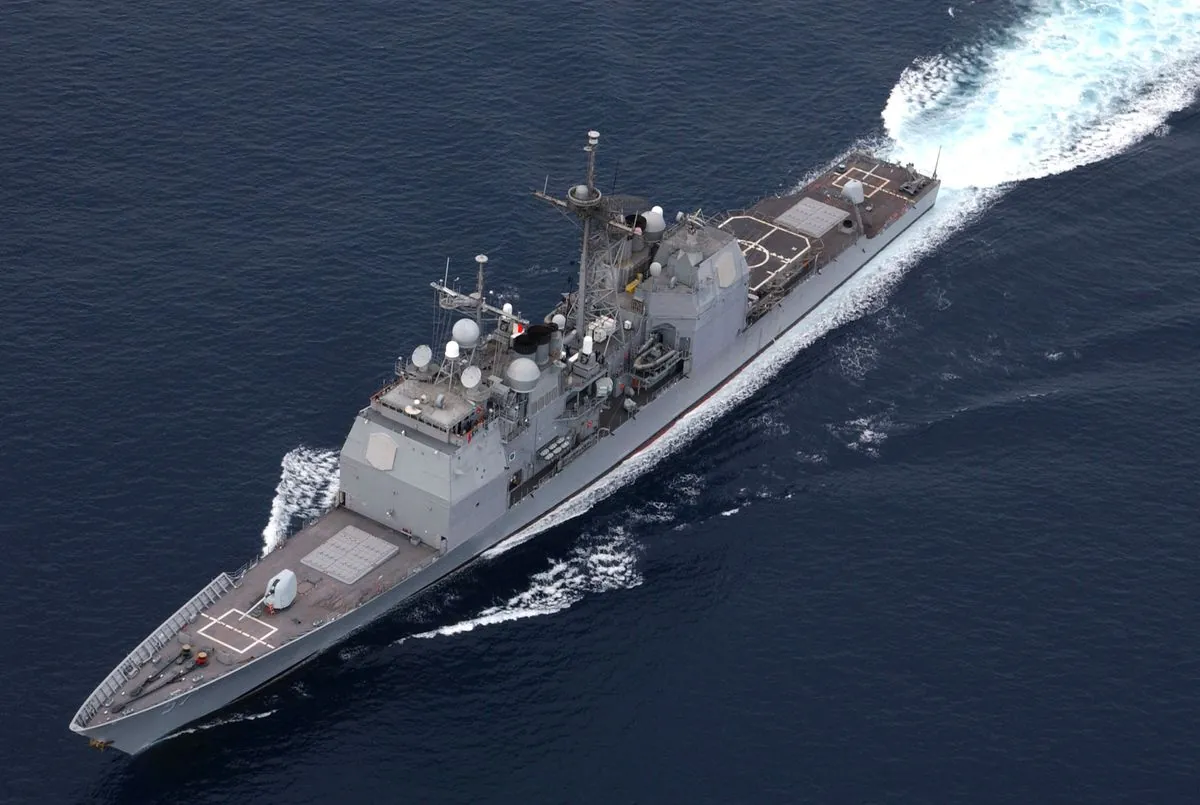Sweden's Road-Runway System: A Unique NATO Asset
Sweden's innovative road-runway network, developed during the Cold War, attracts NATO's attention as a potential model for enhancing air force resilience against modern threats.

In light of potential Russian threats to airbases, NATO has shown increased interest in Sweden's unique road-runway system. This network, developed during the Cold War, allows fighter jets to operate from ordinary roads, enhancing the air force's survivability and flexibility.
Sweden, which joined NATO in 2023, maintains an extensive network of roads that double as military runways. This system, shared only with Finland among NATO members, provides a strategic advantage in protecting air assets from potential attacks.
The concept dates back to the Cold War era when Sweden, despite its neutrality, faced potential threats from the Soviet Union and Warsaw Pact countries. The Swedish Air Force developed a system of dispersed operations, using road sections as makeshift runways to protect their aircraft from surprise attacks.
"The idea was to move the planes around faster than the Soviets could do surveillance of them."
This strategy was partly inspired by the events of the 1967 Six-Day War, where Israel's preemptive strikes on Egyptian airfields decimated their air force. Sweden's system aimed to prevent a similar scenario by constantly relocating aircraft between bases and road-runways.
The Swedish Air Force has adapted this system for use with modern aircraft. The current JAS 39 Gripen fighters are designed to operate from these road-runways, with pilots trained in this unique skill from early in their careers.

NATO's interest in this system aligns with its Agile Combat Employment (ACE) concept, which aims to improve resilience and survivability of air assets. However, adopting similar systems presents challenges for other NATO members.
Most NATO countries operate aircraft like the F-35 Lightning II, which require longer runways and more extensive maintenance. Additionally, the Swedish system relies on a unique organizational culture that empowers small teams with high levels of trust and autonomy.
Despite these challenges, the changing security landscape in Europe may prompt NATO members to reconsider their air force operations. As Edward Stringer, a retired Royal Air Force Air Marshal, notes, "The Swedish system can be done by almost anyone with the wit to make it work."
As NATO continues to adapt to evolving threats, Sweden's road-runway system serves as a valuable model for enhancing the resilience and flexibility of air operations across the alliance.


































